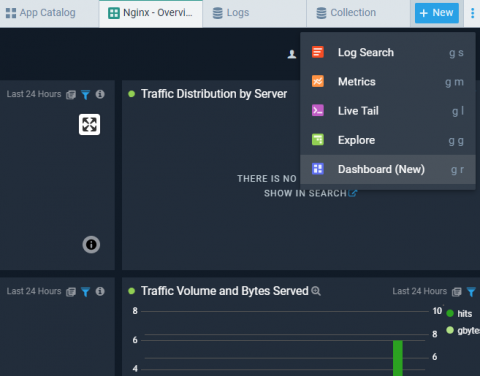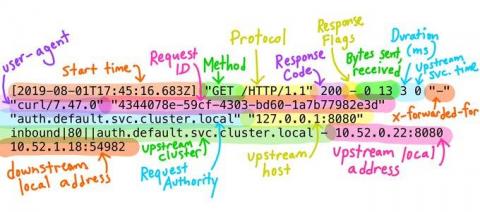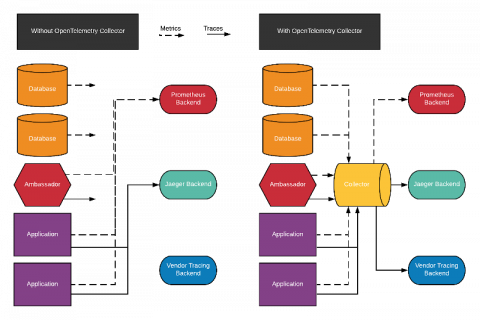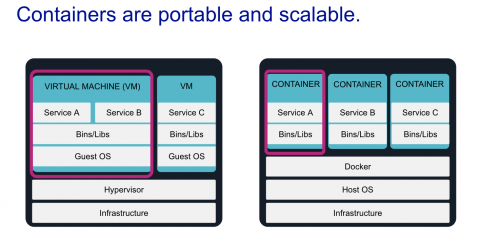NGINX Log Analyzer
Log analyzers are software that helps contextualize massive amounts of log data. Log analyzers reduce the amount of time that it takes to perform root cause analysis, and they provide development organizations with valuable insights that help them improve their products for their end users.







